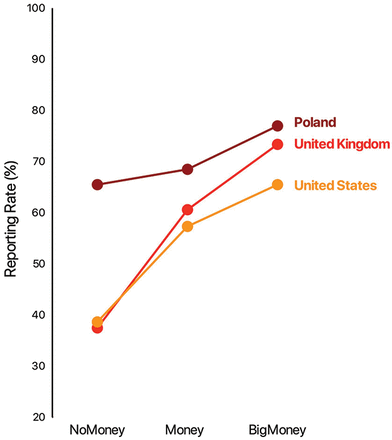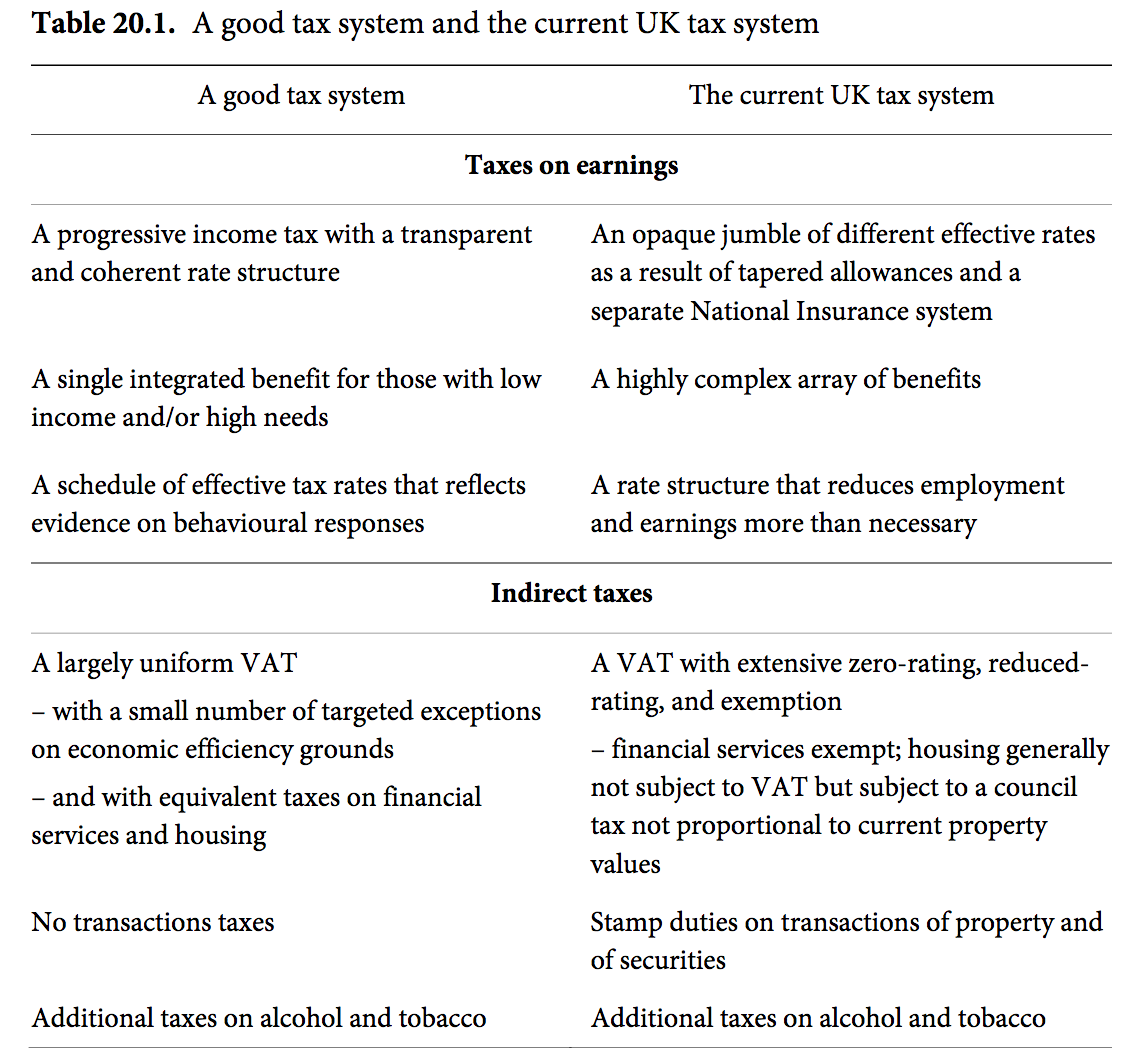A collection of policy ideas can be found here:
https://energyinnovation.org/resources/presentations/
Part 5
Here’s a list of links to raft of ideas, arguments and counter-arguments about what we should be thinking about and doing. These formed source material behind Thinking Bigly.
BP to explain how business chimes with Paris climate deal
Pressure from investors forces UK oil and gas firm to be more transparent on climate change
https://www.theguardian.com/business/2019/feb/01/bp-to-explain-how-business-chimes-with-paris-climate-agreement
David Wallace-Wells on climate: ‘People should be scared – I'm scared’
The journalist and author has claimed climate change will soon render the world uninhabitable, leading his supporters to say he’s telling the terrifying truth and critics to brand him a reckless alarmist. Why is he so worried?
https://www.theguardian.com/environment/2019/feb/03/david-wallace-wells-on-climate-people-should-be-scared-im-scared
Investing Prophet Jeremy Grantham Takes Aim at Climate Change
The veteran money manager will devote $1 billion to helping the world escape catastrophe.
https://www.bloomberg.com/news/articles/2019-01-17/jeremy-grantham-s-1-billion-plan-to-fight-climate-change
How to stop the climate crisis: six lessons from the campaign that saved the ozone
Thirty years ago, all 197 countries got together to ban the gases damaging the Earth’s ozone layer. Now we need to unite to combat an even greater threat. What can we learn from 1989?
https://www.theguardian.com/environment/2019/jan/20/how-to-stop-the-climate-crisis-six-lessons-from-the-campaign-that-saved-the-ozone
the carbon bubble. https://thenearlynow.com/trump-putin-and-the-pipelines-to-nowhere-742d745ce8fd
https://www.wsj.com/articles/pg-e-wildfires-and-the-first-climate-change-bankruptcy-11547820006
The case for “conditional optimism” on climate change - Vox
https://www.vox.com/energy-and-environment/2018/12/28/18156094/conditional-optimism-climate-change
The case for "conditional optimism" on climate change
Limiting the damage requires rapid, radical change — but such changes have happened before.
2020 Vision: why you should see the fossil fuel peak coming - Carbon Tracker Initiative
https://www.carbontracker.org/reports/2020-vision-why-you-should-see-the-fossil-fuel-peak-coming/
2020 Vision: why you should see the fossil fuel peak coming - Carbon Tracker Initiative
The peak in fossil fuel demand will have a dramatic impact on financial markets in the…
How to Shift Public Attitudes and Win the Global Climate Battle - Yale E360
https://e360.yale.edu/features/the-essential-front-in-the-climate-battle-altering-public-attitudes
The world is making progress in decarbonizing economies, but not nearly fast enough, says the former U.S. chief climate negotiator. Here he spells out what forces must come together to marshal the public and political will needed to tackle climate change.
https://www.ecowatch.com/how-to-reduce-food-waste-2628392195.amp.html
https://www.vox.com/energy-and-environment/2018/11/16/18096352/climate-change-clean-energy-policies-guide
Climate change policy can be overwhelming. Here’s a guide to the policies that work.
A new book from veteran energy analyst Hal Harvey simplifies decarbonization.
https://www.nytimes.com/2019/02/12/magazine/climeworks-business-climate-change.html
The Tiny Swiss Company That Thinks It Can Help Stop Climate Change
Two European entrepreneurs want to remove carbon from the air at prices cheap enough to matter.
https://www.stockholmresilience.org/publications/artiklar/2019-02-04-options-for-keeping-the-food-system-within-environmental-limits.html
Options for keeping the food system within environmental limits - Stockholm Resilience Centre
An international centre that advances transdisciplinary research for governance of social-ecological systems.
https://www.thendobetter.com/investing/2019/2/19/significant-major-cross-discipline-eat-lancet-commission-paper-on-sustainable-food
Significant Major cross-discipline EAT-Lancet Commission paper on Sustainable Food
Major cross-discipline EAT-Lancet Commission on Sustainable Food has published its findings (Jan 2019).
https://www.newstatesman.com/politics/economy/2019/02/case-funding-green-new-deal-through-government-debt
The case for funding a Green New Deal through government debt
Humanity will not come to an end if we double debt to GDP ratios, but it could come to an end if we fail to combat climate change.
https://www.ft.com/content/2a0d4caa-337c-11e9-bb0c-42459962a812
The US debate on climate change is heating up
Two different plans to attack the problem could be combined in a workable compromise
https://www.nature.com/articles/s41558-017-0058-9
Nature Climate Change, The price of fast fashion
The fashion industry has changed rapidly in recent years with the increased prevalence of fast fashion, impacting the environment. Efforts to green this polluting industry require action from businesses and consumers.
https://www.thendobetter.com/investing/2019/2/24/new-zealand-looking-at-non-financial-capitals
New Zealand looking at non-financial capitals, more than GDP
The NZ PM talking about the problems with GDP and suggesting NZ should look at a broader set of indicators and changing the way it should make decisions, including a well-being budget in 2019
https://www.wri.org/blog/2017/07/apparel-industrys-environmental-impact-6-graphics
The Apparel Industry’s Environmental Impact in 6 Graphics | World Resources Institute
Growth of the multi-trillion-dollar apparel industry has been fed by "fast fashion," which makes clothing cheaply and quickly with a low price-tag. Six graphics show how this trend and others can add to water stress, pollution and other environmental impacts.
https://www.project-syndicate.org/commentary/climate-change-undeliverable-emissions-targets-by-bjorn-lomborg-2019-02
Faking It on Climate Change | by Bjørn Lomborg
Because honest and deep emissions cuts are staggeringly hard to make, achieving carbon neutrality anytime soon is an empty ambition for almost everywhere. But countries continue to make big promises and massage their emissions numbers to give a false sense of progress on combating global warming.
Steady investments in a changing climate - GOV.UK
https://www.gov.uk/government/speeches/steady-investments-in-a-changing-climate
Steady investments in a changing climate
Emma Howard Boyd, Chair of the Environment Agency speech at the European Bank for Reconstruction and Development
www.blog.google/products/earth/new-app-map-and-monitor-worlds-freshwater-supply/amp/
A new app to map and monitor the world's freshwater supply
In partnership with United Nations Environment, Joint Research Centre and Google, new tools for monitoring global freshwater resources are freely available.
https://www.sciencedirect.com/science/article/pii/S2212094718300495?via%3Dihub
Natural disasters over France a 35 years assessment
Using an exhaustive administrative database, we assess the impact of extreme weather events over French cities between 1982 and 2017.
https://sustainablebrands.com/read/new-metrics/coclear-develops-world-s-first-data-visualization-of-product-carbon-footprints
The World’s First Data Visualization of Product Carbon Footprints
By generating carbon-intensity data for each product, CoClear was able to identify industry trends, as well as track product performance improvements along value chains.
Resistance in the Anthropocene. – David Mattin – Medium
https://medium.com/@DMattin/resistance-in-the-anthropocene-6dde37f0f975
Resistance in the Anthropocene.
Should we turn to civil disobedience to avert looming ecological disaster?
https://www.theguardian.com/environment/2019/mar/25/dont-know-how-to-save-planet-this-is-what-you-can-do
Don't know how to save the planet? This is what you can do
Should we become vegetarians? Is it OK to fly? The author of There Is No Planet B, A Handbook for the Make or Break Years, answers the big question
https://slate.com/technology/2019/02/climate-change-national-emergency-bad-idea.html
Climate Change Is Not a “National Emergency”
A Democratic president shouldn’t try to do the same end run around democracy that Trump is attempting.
https://www.iea.org/geco/emissions/
https://amp.ft.com/content/7889cb6e-501f-11e9-9c76-bf4a0ce37d49
Life after climate change: lessons from Cape Town
The city’s response to a three-year drought offers pointers to the coming ‘new normal’
https://www.nytimes.com/interactive/2019/03/26/climate/wind-solar-energy-workers.html
They Grew Up Around Fossil Fuels. Now, Their Jobs Are in Renewables.
These are portraits of seven people working in wind and solar, industries their families hardly imagined they’d go into. But as one of them put it: “It’s not ideology. It’s just math.”
https://www.theglobeandmail.com/amp/business/commentary/article-the-energy-hungry-world-isnt-waiting-for-canada/
Opinion: The energy-hungry world isn’t waiting for Canada
The country must take a balanced approach to harnessing its natural resources and investing in clean technologies
6 Pressing Questions About Beef and Climate Change, Answered | World Resources Institute
https://www.wri.org/blog/2019/04/6-pressing-questions-about-beef-and-climate-change-answered
There are a lot of misconceptions swirling about beef—its environmental impacts, how it's produced and whether or how much to eat. We examined the latest research to separate myth from fact.
https://www.ft.com/content/9bcb1bf8-5b20-11e9-9dde-7aedca0a081a
Extinction Rebellion: inside the new climate resistance
A new movement plans mass civil disobedience — and its numbers are growing
https://www.sciencedirect.com/science/article/pii/S0304405X19300807
Disaster on the horizon: The price effect of sea level rise
Homes exposed to sea level rise (SLR) sell for approximately 7% less than observably equivalent unexposed properties equidistant from the beach.
Mercer - investing in a time of climate change
ttps://www.theguardian.com/environment/2019/apr/15/david-buckel-lawyer-climate-change-protest
A lawyer set himself on fire to protest climate change. Did anyone care?
David Buckel hoped his death would catalyze action. But what is individual responsibility when confronted with the crisis of a rapidly changing planet?
https://www.nytimes.com/interactive/2019/04/11/magazine/climate-change-exxon-renewable-energy.html
https://www.bankofengland.co.uk/-/media/boe/files/speech/2019/avoiding-the-storm-climate-change-and-the-financial-system-speech-by-sarah-breeden.pdf?la=en&hash=AC28DFEFED7B14A197E6B0CB48044D06F4E38E84
https://www.theguardian.com/environment/2019/apr/21/the-zero-waste-revolution-how-a-new-wave-of-shops-could-end-excess-packaging
The zero-waste revolution: how a new wave of shops could end excess packaging
Shops that minimise the environmental impact of our consumer habits are springing up across Britain. Could they help us avert catastrophe?
Over 4,200 Amazon Workers Push for Climate Change Action, Including Cutting Some Ties to Big Oil - The New York Times
https://www.nytimes.com/2019/04/10/technology/amazon-climate-change-letter.html
They say Amazon should stop offering custom cloud computing services that help the oil and gas industry explore for and extract more fossil fuels.
To Map a Coral Reef, Peel Back the Seawater - The New York Times
https://www.nytimes.com/2019/06/10/science/coral-reefs-mapping-biodiversity.html
To Map a Coral Reef, Peel Back the Seawater
This scientist couple created an airborne observatory to map tropical forests. Now they’re using it to identify threatened reefs.















